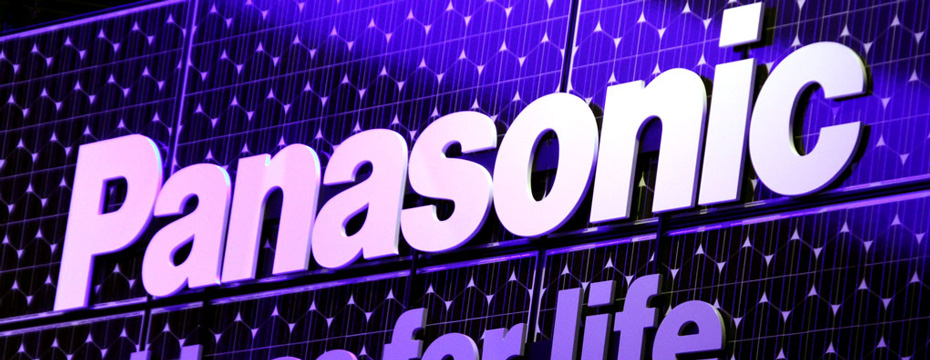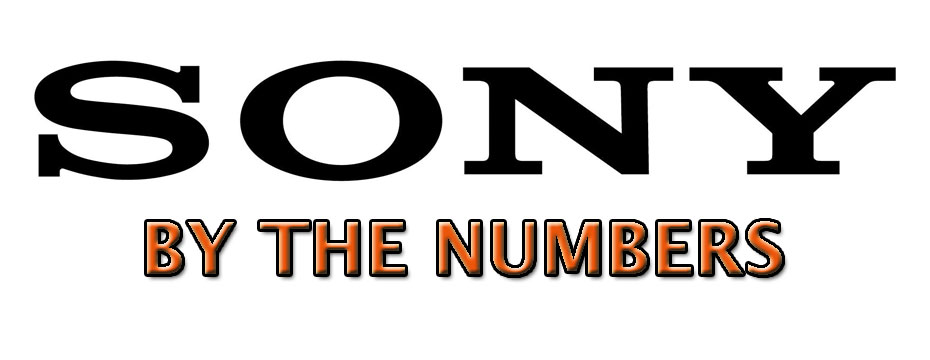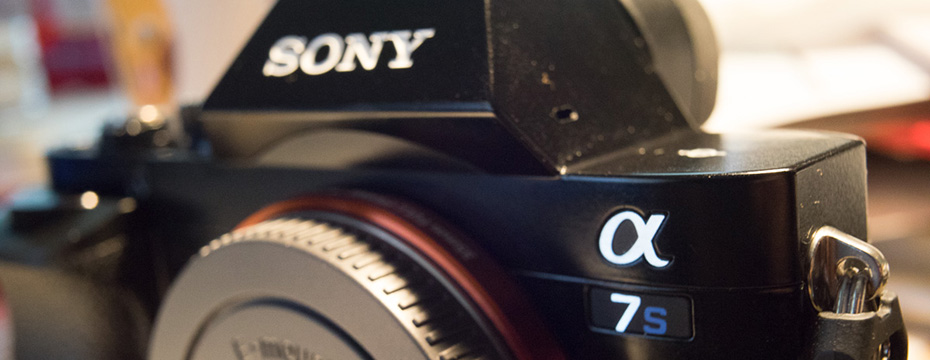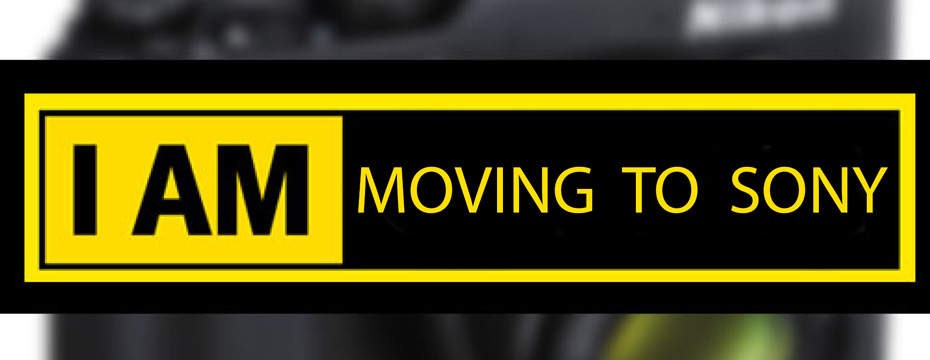
Smartphones vs. Photographic Cameras
In recent years, smartphones have had a significant impact and advancement in terms of image quality and photographic capabilities, which has revolutionized the photography industry, as more and more people use their mobile devices to capture moments and share them on social media. However, Nikon, Canon, Sony, and other manufacturers continue to invest in cutting-edge camera technology, with high-resolution sensors, multiple lenses, image stabilization, and improvements in image processing.
In light of this, the question is… are smartphones going to replace cameras? – Of course, observing here that both are used to take photos.
Let’s analyze the current differences: Today, the most important difference is the sensor size. A DSLR (conventional interchangeable lens camera) has a 24 x 36 mm sensor. And that of a cell phone is 7.6 x 5.7 mm. The larger the sensor, the more information is captured, translating into image quality, size, and definition.
The cost of a good smartphone from the Apple or Samsung brand can reach 35,000 Mexican pesos ($2,012.07 (USD)). While a semi-professional camera costs the same for only the body, buying the lenses is substantially more expensive. Today’s body of a professional camera is around 60,000 pesos ($3458.22 USD). A Leica Pro costs 133,000 pesos ($7,669.20 USD) plus lenses!
Advertising talks about how current smartphones can capture high-quality photographs and offer a convenient and accessible photographic experience for most people. The ease of having a camera always available in your pocket and the ability to instantly share images online has led to an increase in the use of smartphones for everyday photography. As smartphone technology advances, their built-in cameras have improved in terms of resolution, image processing capability, optical stabilization, and other features. In many cases, the photographic results obtained with a smartphone can be surprisingly good, especially in good lighting conditions.
Traditional cameras still have significant advantages in certain areas. Professional-level cameras offer interchangeable lenses, advanced manual controls, and a better ability to adapt to different photographic situations. These features make cameras the preferred choice for many professional photographers and enthusiasts.
That said, it is important to remember that technology is advancing rapidly. Smartphones offer a convenient and good-quality option for most people who want to take casual photos and share them quickly. However, cameras will remain the primary choice for those seeking greater creative control and advanced technical performance. Ultimately, the answer to whether smartphones will completely replace cameras depends on each person’s individual use and needs. In addition, many photographers and enthusiasts value the physical experience of using a camera, with its ergonomics, optical or electronic viewfinders, and the ability to focus through a viewfinder instead of a touch screen.
While it is true that smartphones have greatly improved their photographic quality and are sufficient for the needs of most people in everyday situations, cameras will continue to be indispensable tools for professional and photography enthusiasts who seek greater creative control and image quality.
In short, although smartphones have affected the camera market, they are not likely to completely replace them, as both have their place in the world of photography and cater to different needs and preferences.
Emotional feeling
The author, Vidal Berrones Murillo, is a professional photographer from Iripuato, Guanajuato, Mexico, who is passionate about his craft. He is excited about the advances in smartphone photography, but he also believes that traditional cameras will continue to be essential for many photographers.






